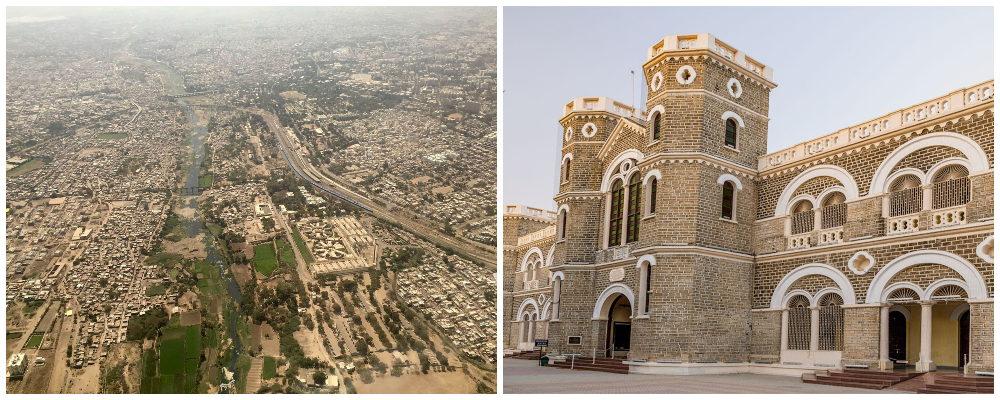Rajkot is the 4th large city in the state of Gujarat, India. It is the 28th urban agglomeration in India. Rajkot is ranked 22nd in the world’s fastest growing cities and urban areas from 2006 to 2020. Rajkot was founded by Thakur Saheb Vibhaji Ajoji Jadeja of Jadeja clan and Raju Sandhi in 1612, in the heart of Saurashtra. Rajkot was named in honour of its co-founder, Raju Sandhi. British East India Company had founded the Saurashtra agency in Rajkot to moderate all princely states. British constructed many impressive colonial buildings and educational institution, such as Conaught Hall and The Rajkumar College. The father of the nation, Mohandas Karamchand Gandhi, a. k. a. Mahatma Gandhi, spent the early years of his life in Rajkot when his father was a Diwan to the king of Rajkot. Gandhiji fasted to ask to form a people’s council and liberation of people of Rajkot at Rashtriya Shala in 1939.
Rajkot is famous for being an important industrial center for the state of Gujarat. It is well known for its abundance of gold and silver, and for its textile expertise. The city is also a major exporter of Diesel Engines. Watch parts, Bearings, Auto Components, Plastic Machinery etc. In addition, the city is immensely popular for hosting the international kite festival.
Prior to the Britishers’ arrival, Rajkot was a medium sized city. The Britishers began to develop their civil stations and cantonments in the old walled city of Rajkot and began to establish it as the communication hub of the region. With the beginning in the middle 1860’s, the city rose in the size and importance. Still, it trailed behind Bhavnagar which served as the chief port and administrative capital of the largest and richest state of Saurashtra. It was only after independence that Rajkot became focus of Saurashtra region.The expansion of commerce and industry in Rajkot, after 1947, may best be attributed to the fact that it became capital of the new state of Saurashtra. Rajkot’s administrative functions expanded. This had its own impact on population growth and economic growth of the city. Rajkot ranked at the top as the largest city – as per 1951 census report. The total number of industrial workers in Rajkot city had been only 2500 in 1949 but it mushroomed to 12500 by 1960. The establishments, in which these workers worked, were largely of the flour mills and workshops type. The rapidly growing sector, however, was engineering industry. This sector comprised 140 units of machinery manufacturing and assembling besides 51 units of manufacturing machine tools. Except a textile mill, the enterprises are small in size.
The growth of silver ornaments industry in Rajkot has also been remarkable. This artisan industry has made its mark all over the country and has earned a place of pride in the overseas markets. Rajkot is famous in designs and innovations even in the manufacturing processes in this line. Besides, there are more than 25 units in Rajkot which manufacture machinery for the ornament industry. Rajkot now exports these machines to U.S.A., U. K., Arabian Countries and European Countries. Rajkot manufacturers have been giving tough competition to the manufacturers of Italy.
Must see sights and attractions of Rajkot are many, such as Alfred High School, Sir Lakhaji Raj Memorial, Rajkumar College, Lang Library, Kaba Gandhi Delo, Watson Museum, Nyari Dam are just a few of them. The distinguished Chamunda Mataji’s, “Kuldevi” (family goddess) of most Hindus in the Saurashtra region, Temple is situated at Chotila, Just 45 km from Rajkot by road. The sacred place for all Hindus nationwide, Somnath (one of the 12 Jyotirlingam) and Dwarka, Prehistoric kingdom of Lord Krishna, are within the range of 200-250 km away from Rajkot by road. Rajkot is 225 km away from Ahmedabad on national highway No.8B. Rajkot is easily accessible by a domestic airport in the city, which is connected to all major cities in India. The railways and roadways also connect the city well to other cities.

